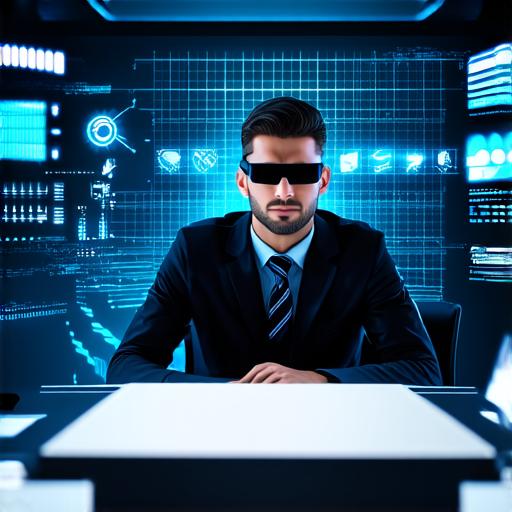
Augmented reality (AR) technology allows users to overlay digital information on top of the real world. Markerless AR, on the other hand, is a type of augmented reality that doesn’t require any physical markers or sensors to function.
This means that markerless AR can be used in environments where markers are not practical or easily detectable, such as in outdoor settings or historical sites.
Markerless AR works by using a camera and computer vision algorithms to track the user’s position and orientation in real time. This information is then used to generate accurate and relevant augmented content that is seamlessly integrated into the user’s field of view.
One of the key advantages of markerless AR is its ability to provide a more natural and immersive experience for users. Because there are no markers or sensors to interact with, users can simply focus on the real world around them while still benefiting from the enhanced information provided by the AR system. This makes markerless AR particularly well-suited for applications in education, entertainment, and marketing.
Applications of Markerless AR
Education
Markerless AR has the potential to revolutionize the way students learn about history and science. For example, an AR app could be used to bring historical sites to life by overlaying digital information on top of the real world. Students could explore these sites in a more immersive and interactive way, learning about the people and events that shaped history as they go.
Similarly, markerless AR could be used to teach students about science and nature. For example, an app could overlay digital information about different plants and animals on top of real-world specimens, allowing students to learn more about these organisms in a more engaging and interactive way.
Entertainment
Markerless AR has also found its place in the entertainment industry. For example, an AR game could be developed that allows players to interact with virtual objects in the real world. This would create a more immersive gaming experience that blurs the line between reality and fiction.
In addition to games, markerless AR has also been used to develop interactive music videos and live performances. For example, the band Imagine Dragons used an AR app to bring their music video for “Believer” to life in a more immersive and engaging way. Similarly, the band Coldplay used an AR app to create an interactive live performance that allowed fans to experience the show in a more personal and intimate way.
Marketing
Markerless AR has also found its place in the world of marketing. For example, a car manufacturer could use an AR app to allow potential customers to see what their car would look like in different colors and configurations. This would provide a more immersive and interactive experience that could help potential customers make more informed decisions about their purchases.
In addition to product demonstrations, markerless AR has also been used for advertising campaigns. For example, an AR campaign for Coca-Cola allowed users to interact with virtual versions of the company’s products in real time, creating a more engaging and interactive experience for consumers.
Future of Markerless AR
The future of markerless AR is bright, with new developments and applications emerging all the time. As technology continues to improve, we can expect to see even more creative and innovative uses of markerless AR in education, entertainment, and marketing.
One of the key challenges facing the development of markerless AR is the need for accurate and reliable tracking systems that can function in a variety of environments. However, as research and development continue, we can expect to see these challenges overcome and new advancements in markerless AR technology emerge.
In conclusion, markerless AR is a powerful tool that has the potential to revolutionize the way we interact with the world around us.
